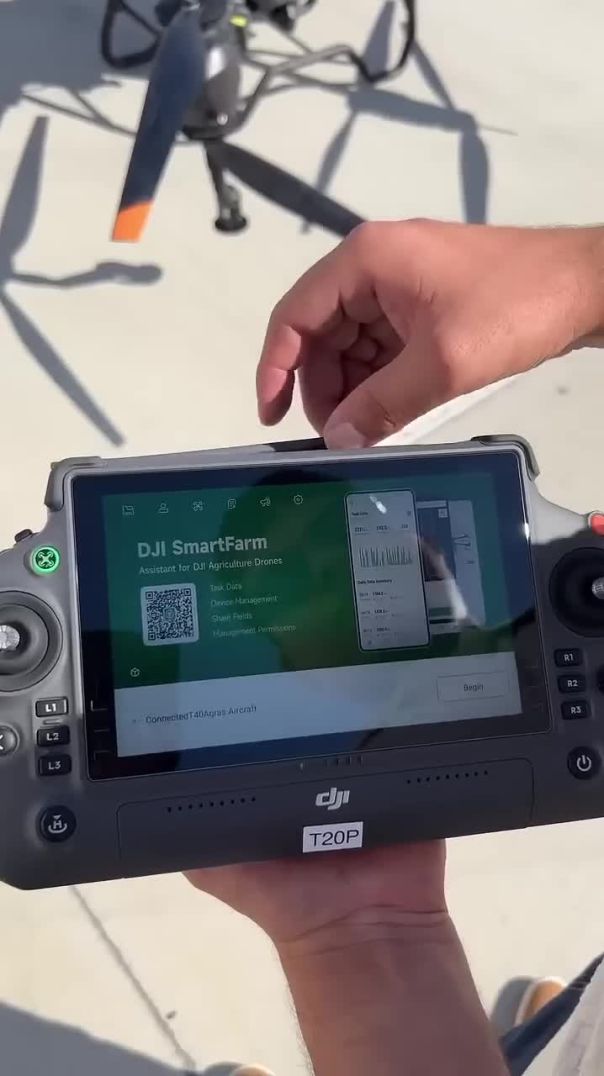9 Views· 11 July 2022
Carb Timing on a Keto Diet: When to Eat Carbohydrates
Click Here to Subscribe: http://Bit.ly/ThomasVid
Website: http://ThomasDeLauer.com
Get the Apparel I Wear at http://www.Hylete.com
Carb Timing on a Keto Diet: When to Eat Carbohydrates Absorption of different types of carbohydrate: The monosaccharides glucose and galactose are transported across the luminal membrane of the intestinal epithelial using a sodium dependent glucose transporter SGLT1. It is believed that this transporter saturates when glucose intake is around 60 g/h - Fructose uses a different transport system and is transported (independent of sodium) by GLUT5
Fructose absorption follows a completely different path and is not affected by the saturation of SGLT1.
It is absorbed independently by a sodium independent transporter called GLUT5 - So the combined ingestion could result in an increased total delivery of carbohydrates into the circulation and increased oxidation by the muscle. All these monosaccharides are transported across the basolateral membrane into the circulation by GLUT2
Combining Glucose with Fructose – Studies:
Study 1 - The British Journal of Nutrition-
The aim of the study was to investigate whether a mixture of glucose and fructose when ingested at a high rate (2.4 g/min) would lead to even higher exogenous CHO oxidation rates (greater than 1.3 g/min)
8 trained male cyclists cycled on three different occasions for 150 min at 50% of maximal power output and consumed either water (WAT) or a CHO solution providing 1.2 g/min glucose (GLU) or 1.2 g/min glucose+1.2 g/min fructose (GLU+FRUC)
Peak exogenous CHO oxidation rates were higher in the GLU+FRUC trial compared with the GLU trial (1.75 and 1.06 g/min, respectively)
Furthermore, exogenous CHO oxidation rates during the last 90 min of exercise were approximately 50% higher in GLU+FRUC compared with GLU (1.49 and 0.99 g/min, respectively)
The results demonstrated that when a mixture of glucose and fructose is ingested at high rates (2.4 g/min) during 150 min of cycling exercise, exogenous CHO oxidation rates reach peak values of approximately 1.75 g/min.
In other words, the ingestion of glucose:fructose was at an average rate of 2.4 g/min resulted in 65% greater oxidation than glucose only and very high peak oxidation rates of 1.75 g/min were reached (1)
https://www.ncbi.nlm.nih.gov/pubmed/15946410
Study 2 - Medicine and Science in Sports and Exercise:
Another study demonstrated that a glucose: fructose drink could improve exercise performance compared with a glucose drink. Cyclists exercised for 2 h on a cycle ergometer at 54% VO2max during which they ingested either a carbohydrate drink or placebo and were then asked to perform a time trial that lasted another 60 min. When the subjects ingested a glucose drink (at 1.8 g/min), they improved their average power output by 9% as compared with placebo (254 vs. 231 W)
However, when they ingested glucose: fructose, there was another 8% improvement of the power output over and above the improvement by glucose ingestion. This was the first study to demonstrate a clear performance benefit with glucose: fructose compared with glucose (2)
https://www.ncbi.nlm.nih.gov/pubmed/18202575
References:
1) Jentjens RL and Jeukendrup AE. (n.d.). High rates of exogenous carbohydrate oxidation from a mixture of glucose and fructose ingested during prolonged cycling exercise. - PubMed - NCBI. Retrieved from https://www.ncbi.nlm.nih.gov/pubmed/15946410
2) Currell K and Jeukendrup AE. (n.d.). Superior endurance performance with ingestion of multiple transportable carbohydrates. - PubMed - NCBI. Retrieved from https://www.ncbi.nlm.nih.gov/pubmed/18202575
3) Multiple Transportable Carbohydrates and Their Benefits. (n.d.). Retrieved from https://www.gssiweb.org/sports....-science-exchange/ar
4) Regulation of Intestinal Glucose Absorption by Ion Channels and Transporters. (n.d.). Retrieved from https://www.ncbi.nlm.nih.gov/p....mc/articles/PMC47286
5) Glucose Plus Fructose Ingestion for Post-Exercise Recovery'Greater than the Sum of Its Parts? (n.d.). Retrieved from https://www.ncbi.nlm.nih.gov/p....mc/articles/PMC54096
6) Absorption of Monosaccharides. (n.d.). Retrieved from http://www.vivo.colostate.edu/....hbooks/pathphys/dige
7) Absorption in the Small Intestine. (n.d.). Retrieved from http://www.vivo.colostate.edu/....hbooks/pathphys/dige
8) Absorption of Water and Electrolytes. (n.d.). Retrieved from http://www.vivo.colostate.edu/....hbooks/pathphys/dige
9) The Role of Intraluminal Sodium in Glucose Absorption In Vivo. (n.d.). Retrieved from https://www.ncbi.nlm.nih.gov/p....mc/articles/PMC30220
10) Role of sodium'glucose transporters in glucose uptake of the intestine and kidney. (20, August). Retrieved from https://www.ncbi.nlm.nih.gov/p....mc/articles/PMC40192



























0 Comments